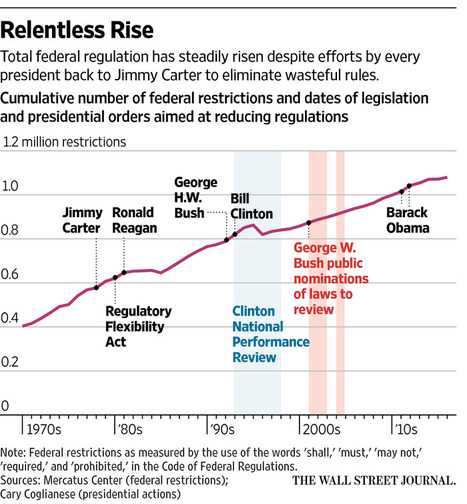The TED talk embedded above, is one of my favorites. I sometimes show an abbreviated version to my Economics of Technology seminar.
(p. B8) Hans Rosling, a Swedish doctor who transformed himself into a pop-star statistician by converting dry numbers into dynamic graphics that challenged preconceptions about global health and gloomy prospects for population growth, died on Tuesday in Uppsala, Sweden. He was 68.
The cause was pancreatic cancer, according to Gapminder, a foundation he established to generate and disseminate demystified data using images.
. . .
Brandishing his bubble chart graphics during TED (Technology, Entertainment and Design) Talks, Dr. Rosling often capsulized the macroeconomics of energy and the environment in a favorite anecdote about the day a washing machine was delivered to his family’s cold-water flat.
“My mother explained the magic with this machine the very, very first day,” he recalled. “She said: ‘Now Hans, we have loaded the laundry. The machine will make the work. And now we can go to the library.’ Because this is the magic: You load the laundry, and what do you get out of the machine? You get books out of the machines, children’s books. And Mother got time to read to me.”
“Thank you, industrialization,” Dr. Rosling said. “Thank you, steel mill. And thank you, chemical processing industry that gave us time to read books.”
For the full obituary, see:
SAM ROBERTS. “Hans Rosling, Swedish Doctor, Teacher and Pop-Star Statistician, Dies at 68.” The New York Times (Fri., FEB. 10, 2017): B8.
(Note: ellipses added.)
(Note: the online version of the obituary has the date FEB. 9, 2017, and has the title “Hans Rosling, Swedish Doctor and Pop-Star Statistician, Dies at 68.”)

